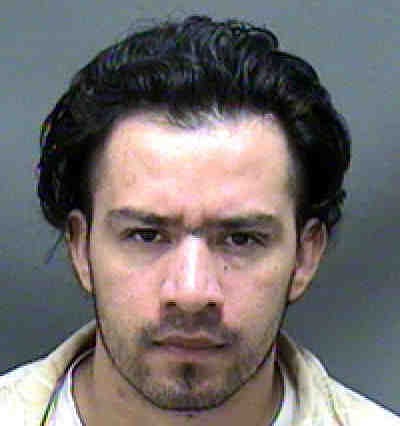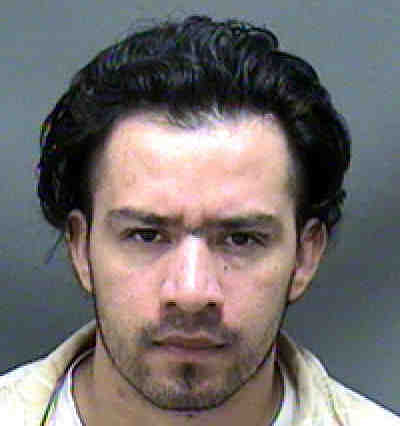
David Godwin was sentenced to death by the State of North Carolina for the murder of Wendy Tamagne. According to court documents David Godwin would murder Wendy Tamagne and dismember her body before placing her in garbage bags. David Godwin would be arrested, convicted and sentenced to death
North Carolina Death Row Inmate List
David Godwin 2021 Information
| Offender Number: | 1142266 |
| Inmate Status: | ACTIVE |
| Probation/Parole/Post Release Status: | INACTIVE |
| Gender: | MALE |
| Race: | WHITE |
| Ethnic Group: | EUROPEAN/N.AM./AUSTR |
| Birth Date: | 03/22/1991 |
| Age: | 30 |
| Current Location: | CENTRAL PRISON |
David Godwin More News
Jurors have sentenced David Godwin to death for beating, strangling, stabbing, killing and ultimately dismembering a Morehead City woman three years ago.
David Godwin, of Newport, was found guilty of first degree murder on April 12. He killed 37-year-old Wendy Tamagne, dismembered her body and stuffed it into trash bags in July 2016.
Authorities say Godwin fled on a Greyhound bus where he later showed up at Warrington Police Department in Oregon and said, “You guys are looking for me.” When they asked why, Godwin said, “I’m wanted for murder.”
Tamagne was recently divorced at the time of her death and living at Country Club Apartments, which is where her dismembered body was found on July 5, 2016. Police said Tamagne and Godwin knew each other and this was not a random act, but Godwin’s defense team states something different.
Prosecutors detailed a grisly scene throughout the murder trial while Godwin sat with his head down, staring at the table in front of him.
Tamagne’s mother, Jill Bergener, was the one who told authorities something was wrong the day after Tamagne’s murder. The mother and daughter spoke often and when Bergener was getting no response, each unanswered text sparked a growing concern. Bergener was among those in the courtroom as Godwin was sentenced.
“How am I ever going to forgive someone for murdering my daughter, said Bergener. “David you’re not sick, you’re a coward. You know it, I know it and God knows it.”
Bergener said she also told David Godwin’s mother she feels sorry for her and that they both lost children.
Godwin will be taken to the state penitentiary in Raleigh.
District Attorney Scott Thomas thanked the jury for their service.
“We are very appreciative of the jury for their work in this case,” Thomas said. “They have devoted nearly one month of their lives to this case from jury selection to the final sentence. They have had to listen to and observe gruesome evidence during this trial. They have used their good judgment and common sense to reach guilty verdicts and a sentence.
“My staff members who prosecuted this case spent months preparing this capital case for trial and nearly one month in court from jury selection through sentencing. They were well prepared and demonstrated their professional abilities on a very tough assignment. The Morehead City Police Department, State Bureau of Investigation, and the State Crime Lab worked diligently to solve this case and provide the evidence needed for a conviction.”
Thomas also extended condolences again to the Tamagne family.
“We committed to the family of Wendy that we would seek justice in her murder,” Thomas said. “In this case, we decided to seek the death penalty due to the aggravating factors present. Every murder is cruel by its very nature, but the death in this case was especially heinous, atrocious, and cruel. Our prayers continue to be with Wendy’s family and friends as they move forward after this first-degree murder conviction and sentence.”







